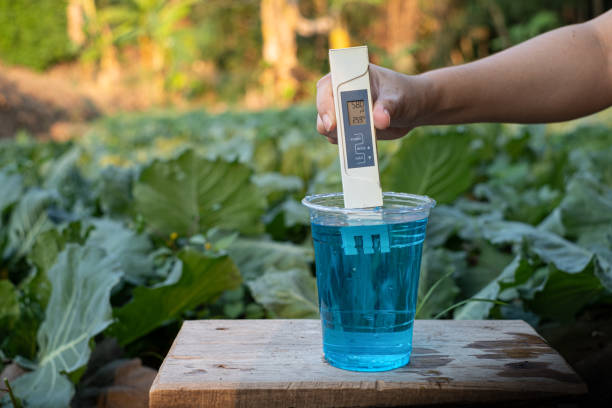Industrial installations require more and more control. For this, it is necessary to have reliable and precise information to control and automate them. Industrial sensors are devices that allow the recovery of this information.
How industrial sensors work
An industrial sensor is the first element in a measurement chain. This measuring device works equivalently no matter what it needs to measure. The industrial sensor is responsible for transforming a physical quantity into a standardized quantity, generally electrical. The standardized quantity can then be interpreted by a command control device. The quantity measured can be a light, a sound, a speed, a flow, a pressure, a temperature, a vibration, a level, a load, a flow, a proximity, a force, a tension… These sensors, used in business industrial, offer the possibility of monitoring several parameters and ultimately avoid risky situations.
The importance of measurement indicators in the industrial environment
The world has seen several industrial revolutions over the past 250 years. The latest, called industry 4.0 and which corresponds to the introduction of digital technologies, promises to profoundly transform the methods of manufacturing goods. Industry 4.0 is based on the principle of real-time monitoring and control of machinery and equipment using the installation of sensors at each stage of the production process. Measurement indicators in the industrial environment are therefore of paramount importance. By monitoring the various stages of the manufacturing process, new measurement technologies improve product quality and safety. Industrial sensors also help to reduce industrial maintenance costs and downtime of product manufacturing lines, for example by warning about upcoming breakdowns or scheduled machine maintenance.
What are the different types of industrial sensors?
There are countless industrial water PH sensor (wireless, wired, portable, fixed, etc.), suitable for many different uses. To correctly select the type of sensor you need and meet a given estimate, you must first consider these two main characteristics:
- The quantity to be measured.
- The nature of the information provided.
Then you will wonder about the measurement mode. Do you need instead?
- A contact sensor.
- A proximity sensor.
Finally, to refine your choice and establish a precise estimate of the sensor to be acquired, the following criteria must be defined:
- The nature of the event.
- The type of event.
- The magnitude of the event.
- The sensitivity of the sensor (level of precision, speed, level of error tolerated, etc.).
- The sensor usage environment.
- Sensor protection (security, cyber risks, etc.).
Other elements may be taken into account on the estimate. For example, you can pay attention to the size of the sensor , its performance, its reliability , its price or even the nature of the signal delivered – is the signal pneumatic, electrical, analogue?…
Among the forty main sensors used in industrial companies, some are used much more than others. These most commonly used sensors are:
- Humidity sensors.
- Force sensors.
- Speed sensors.
- Brightness or light sensors.
- Motion sensors.
- Temperature sensors.

